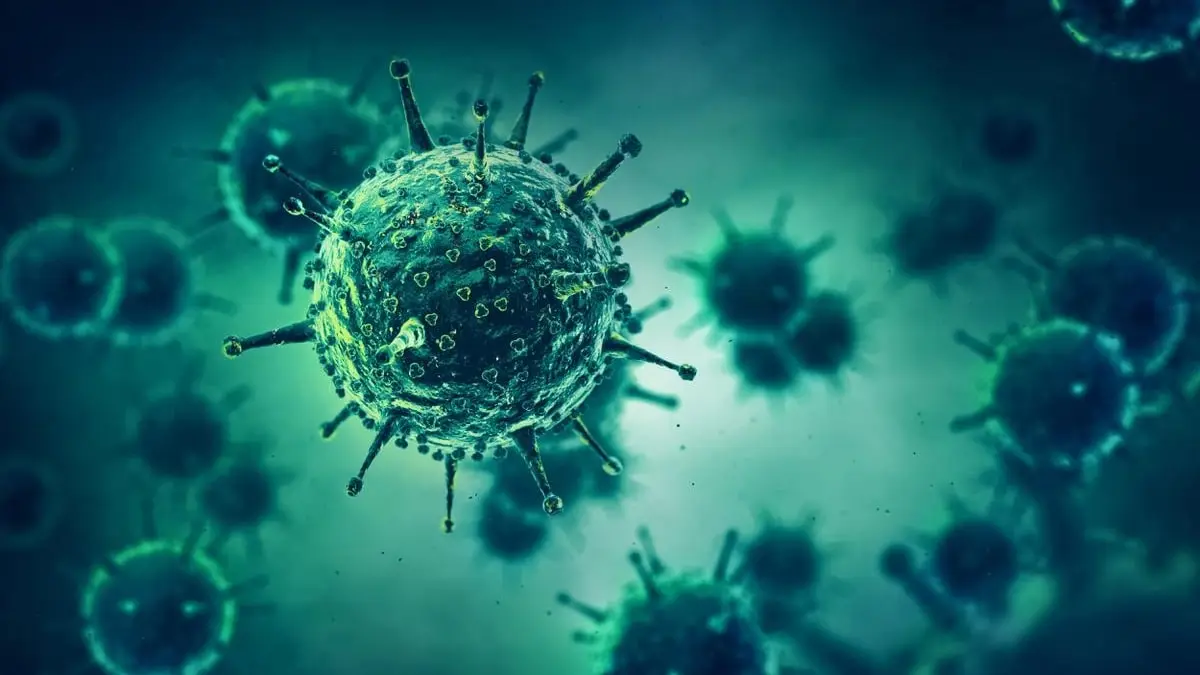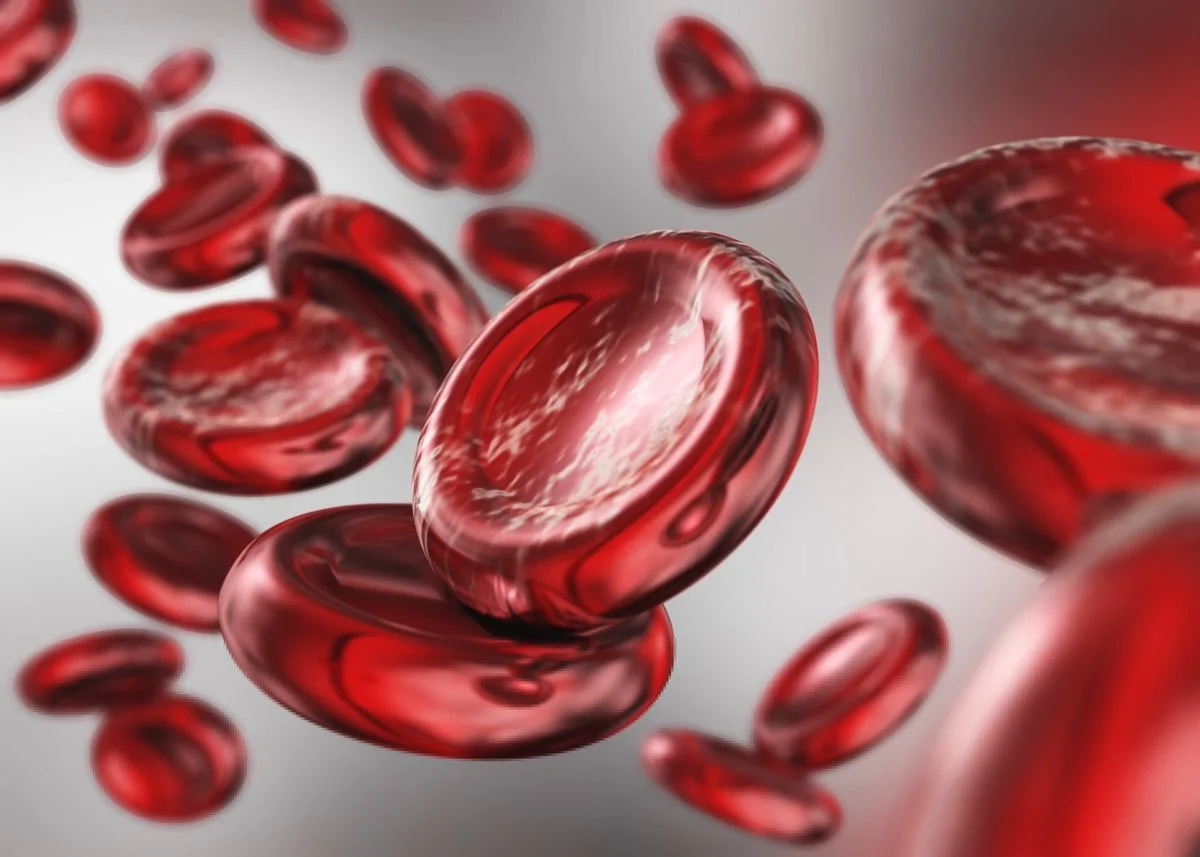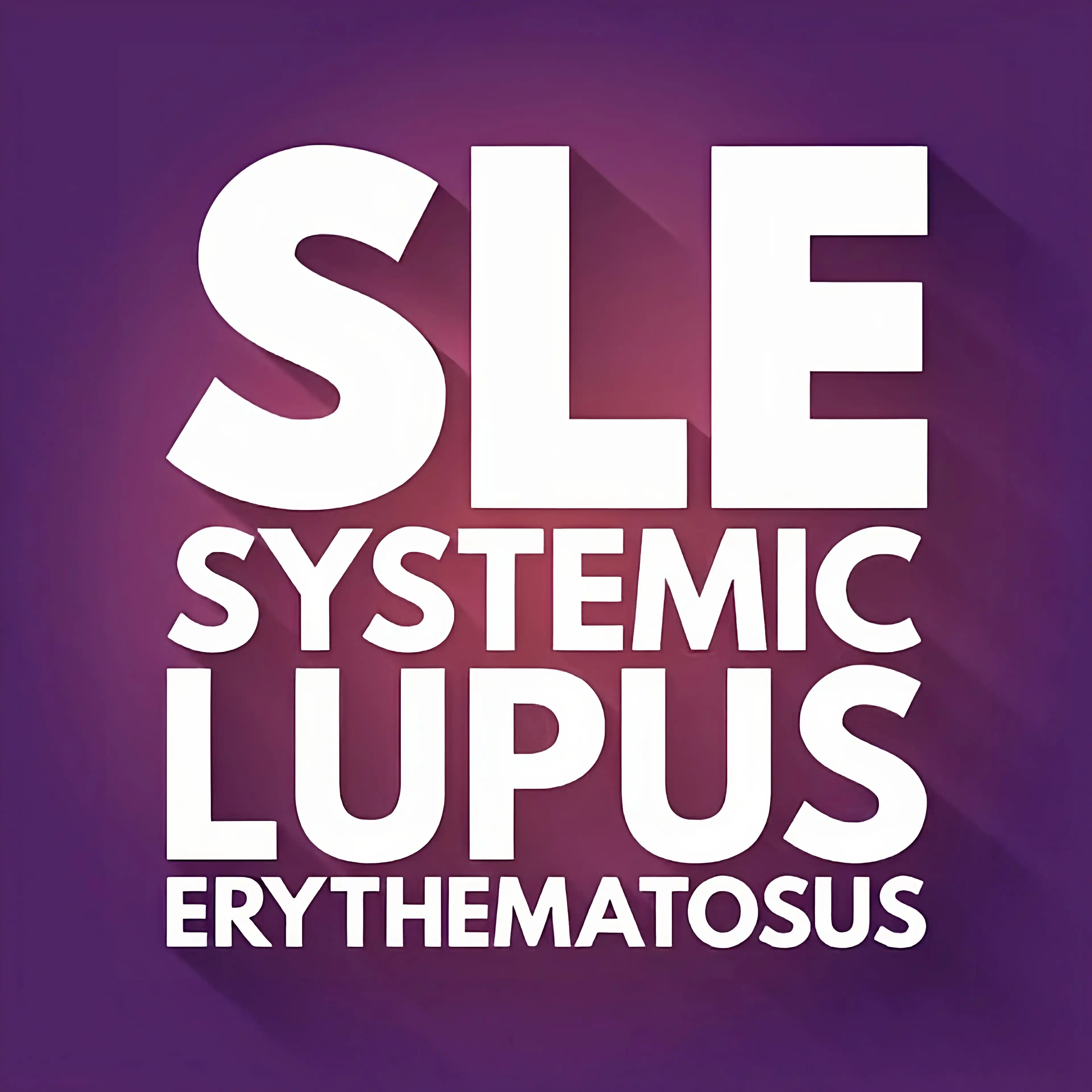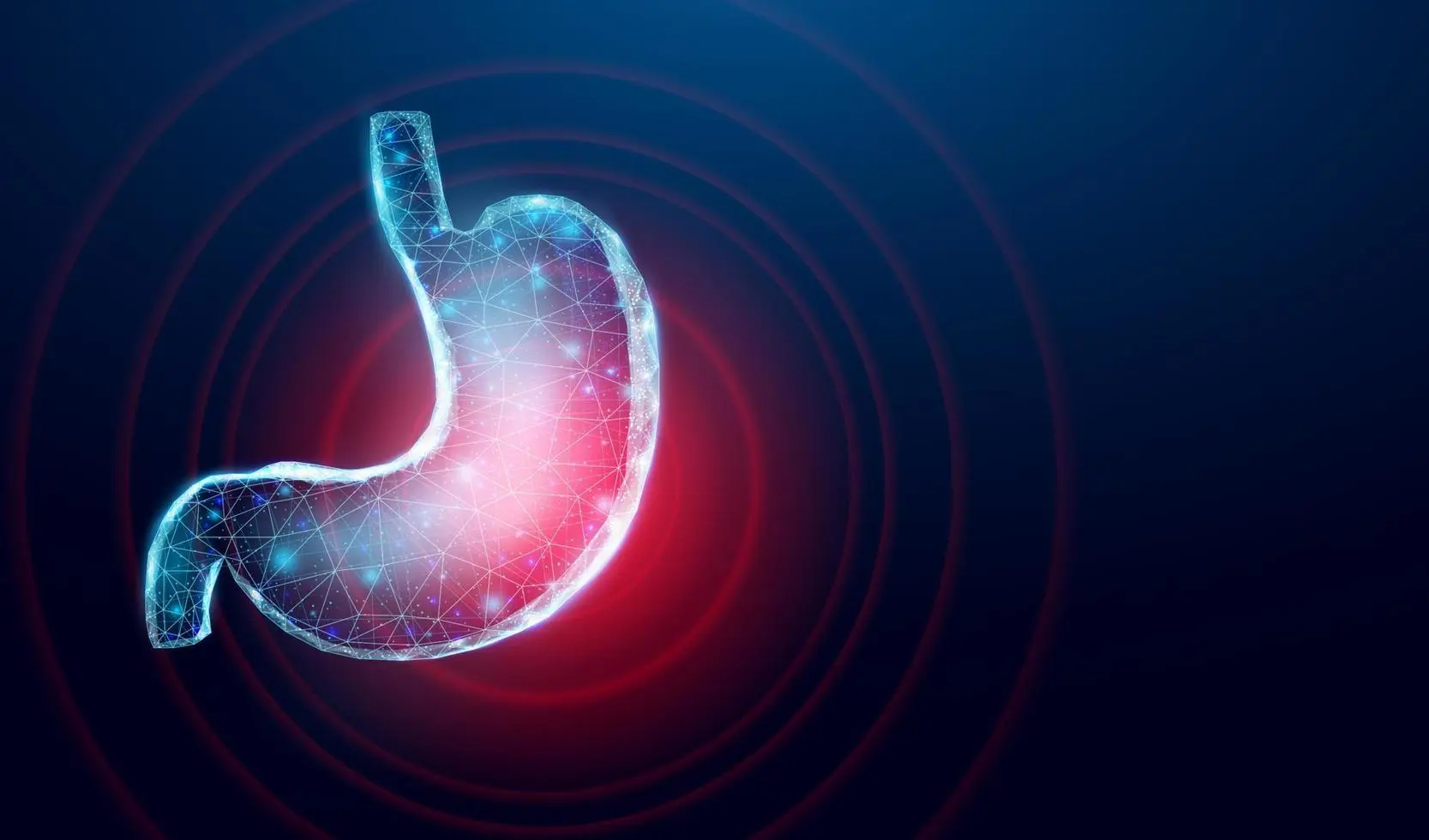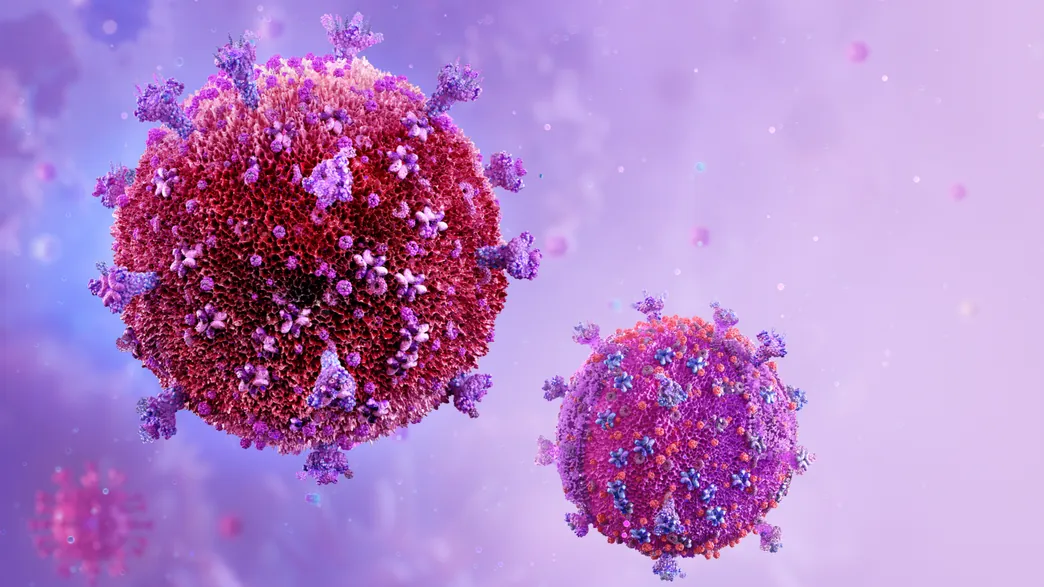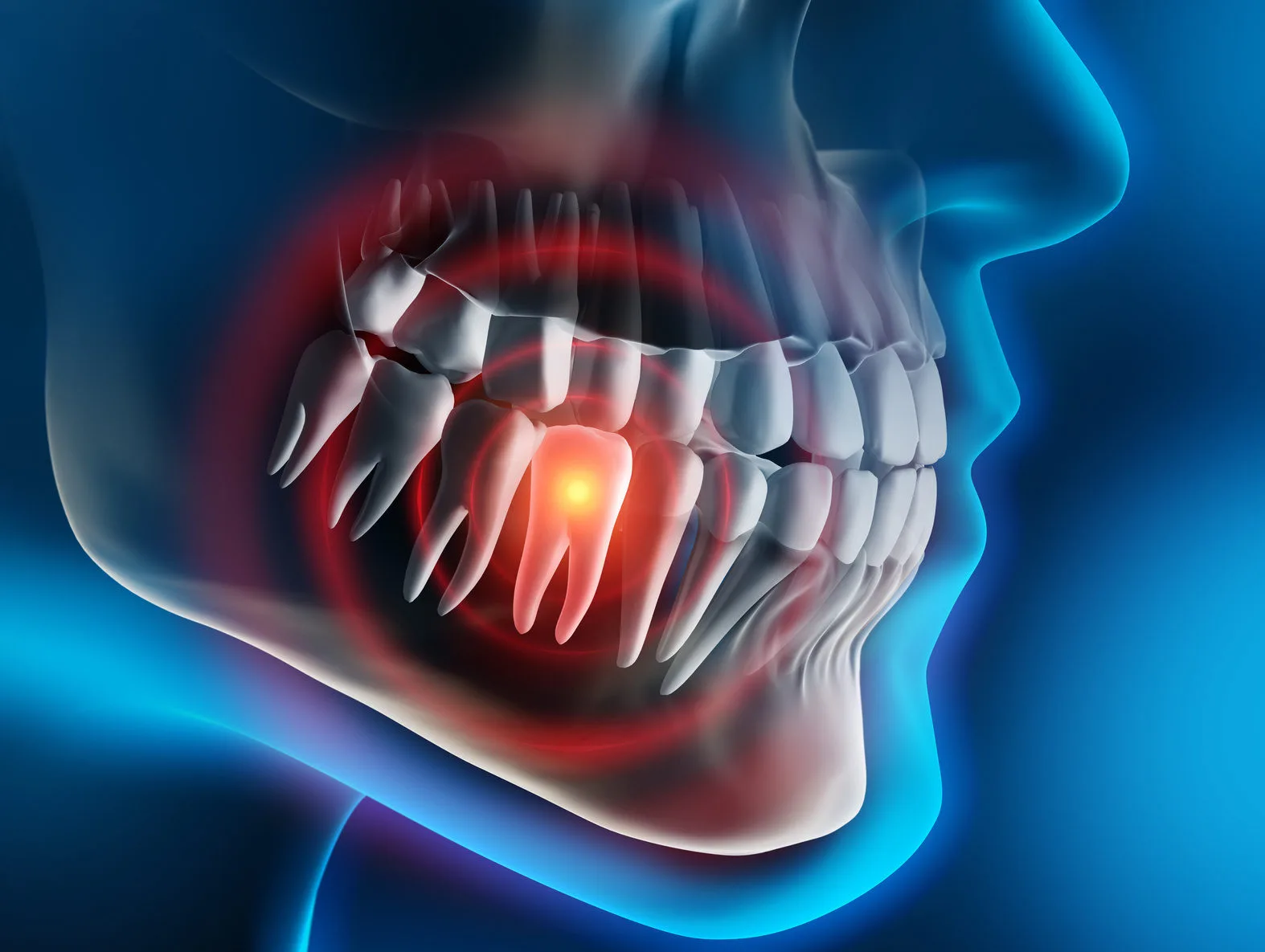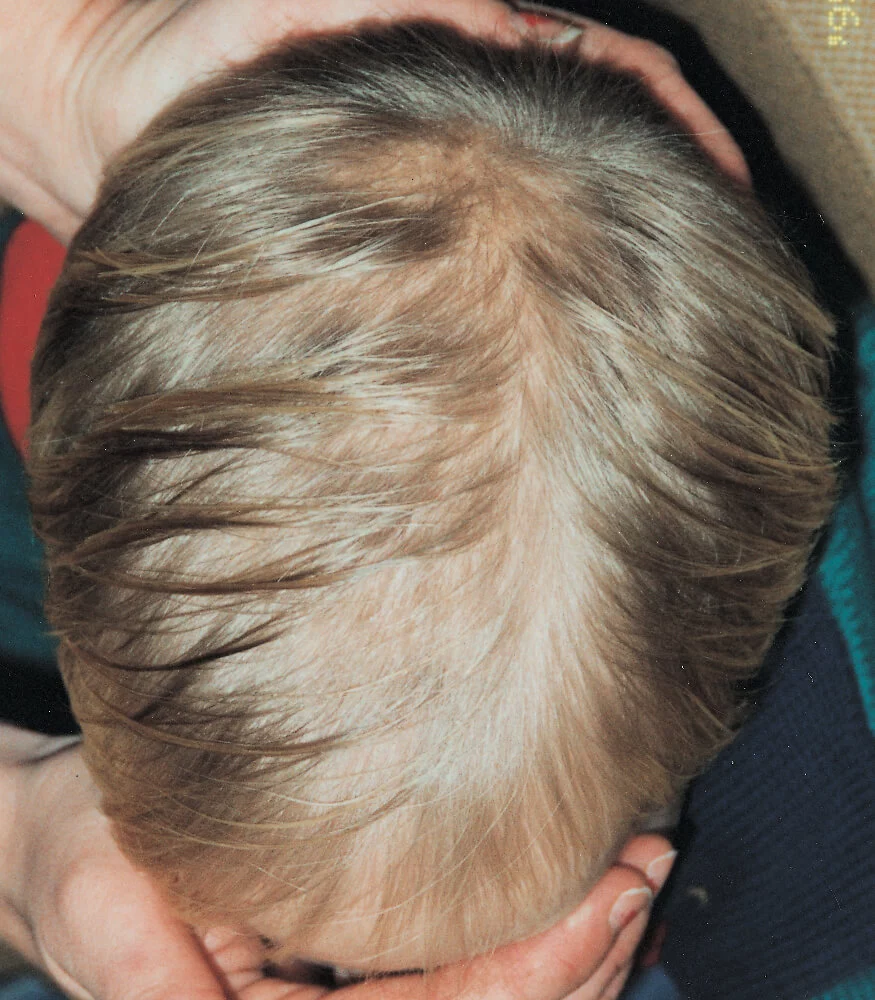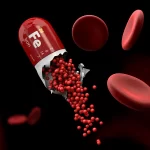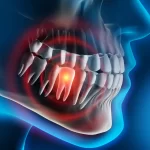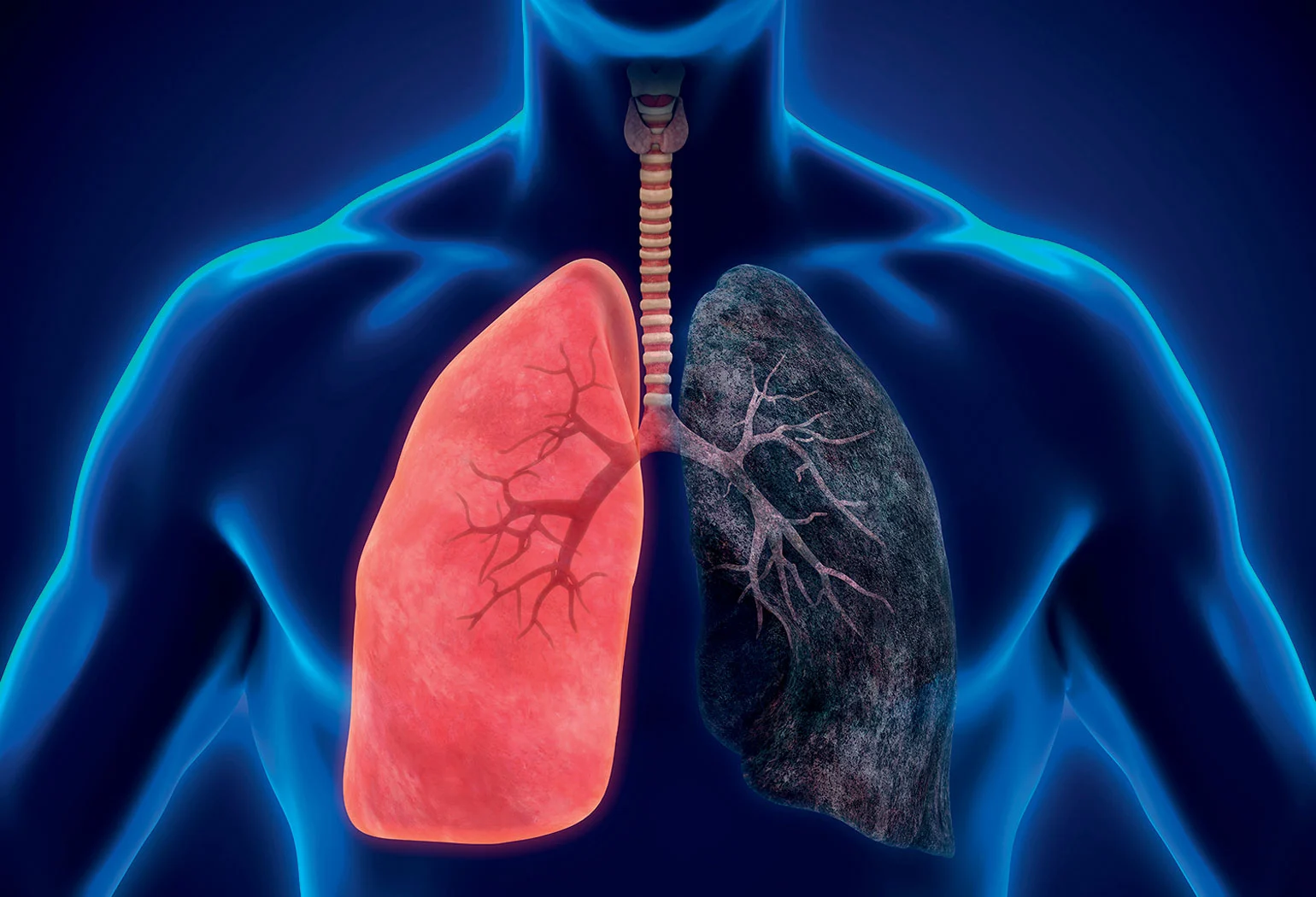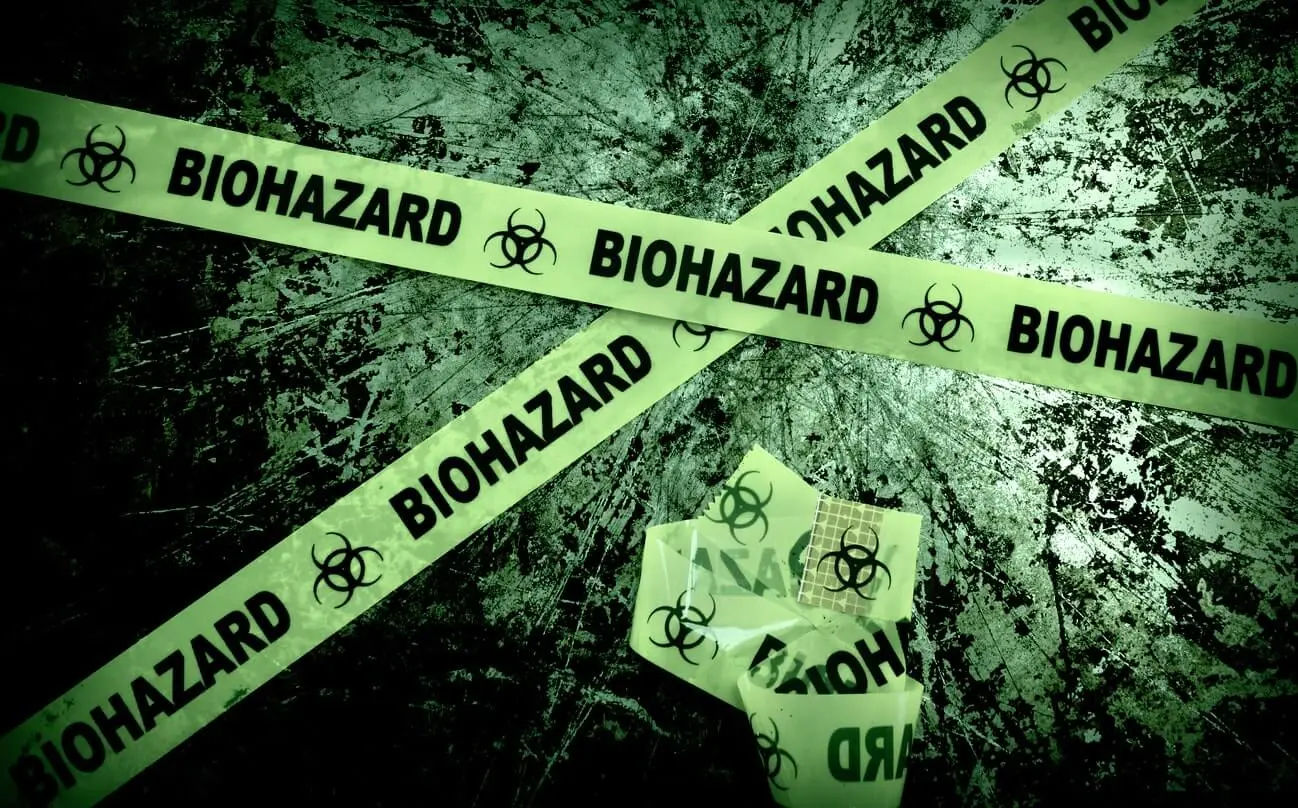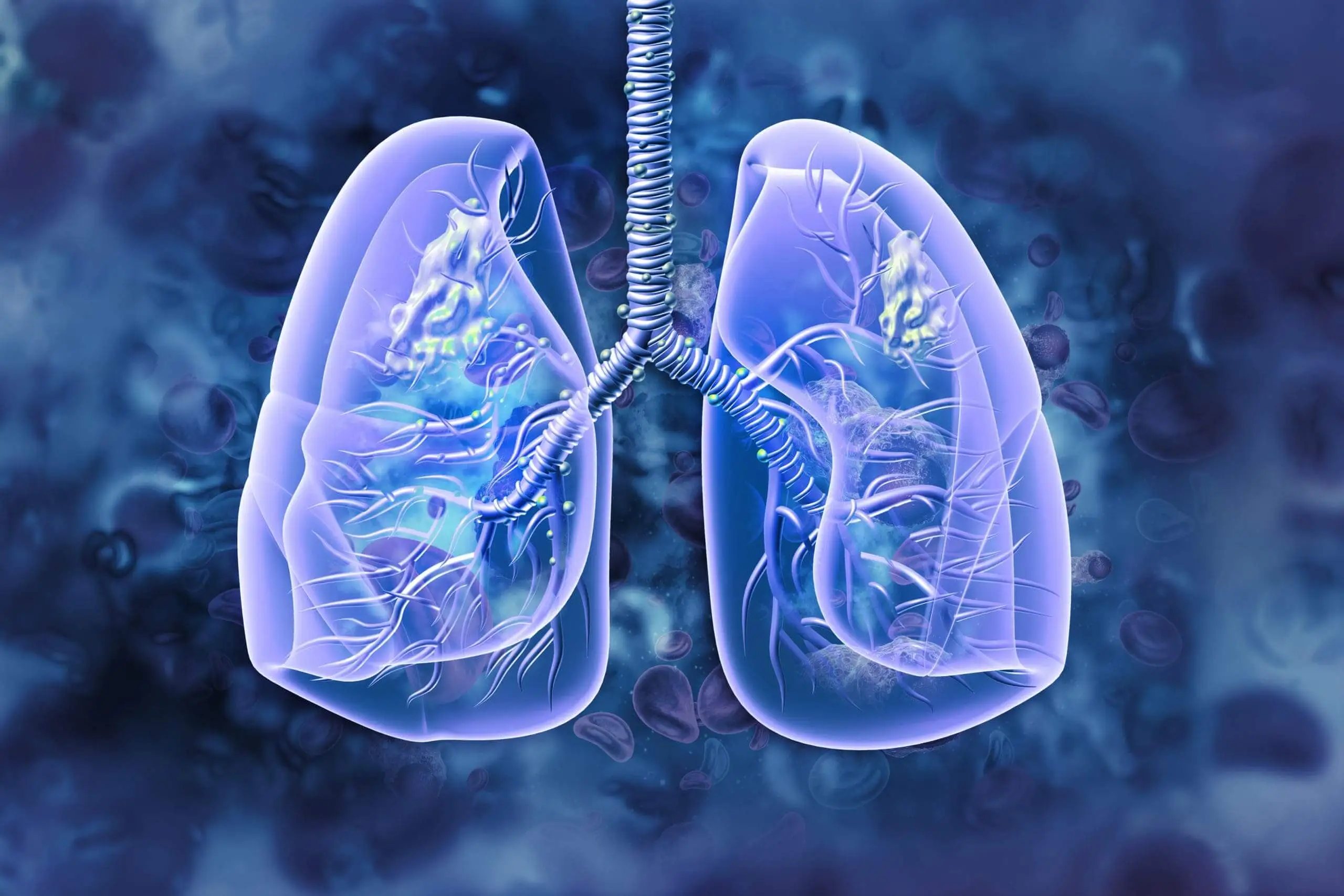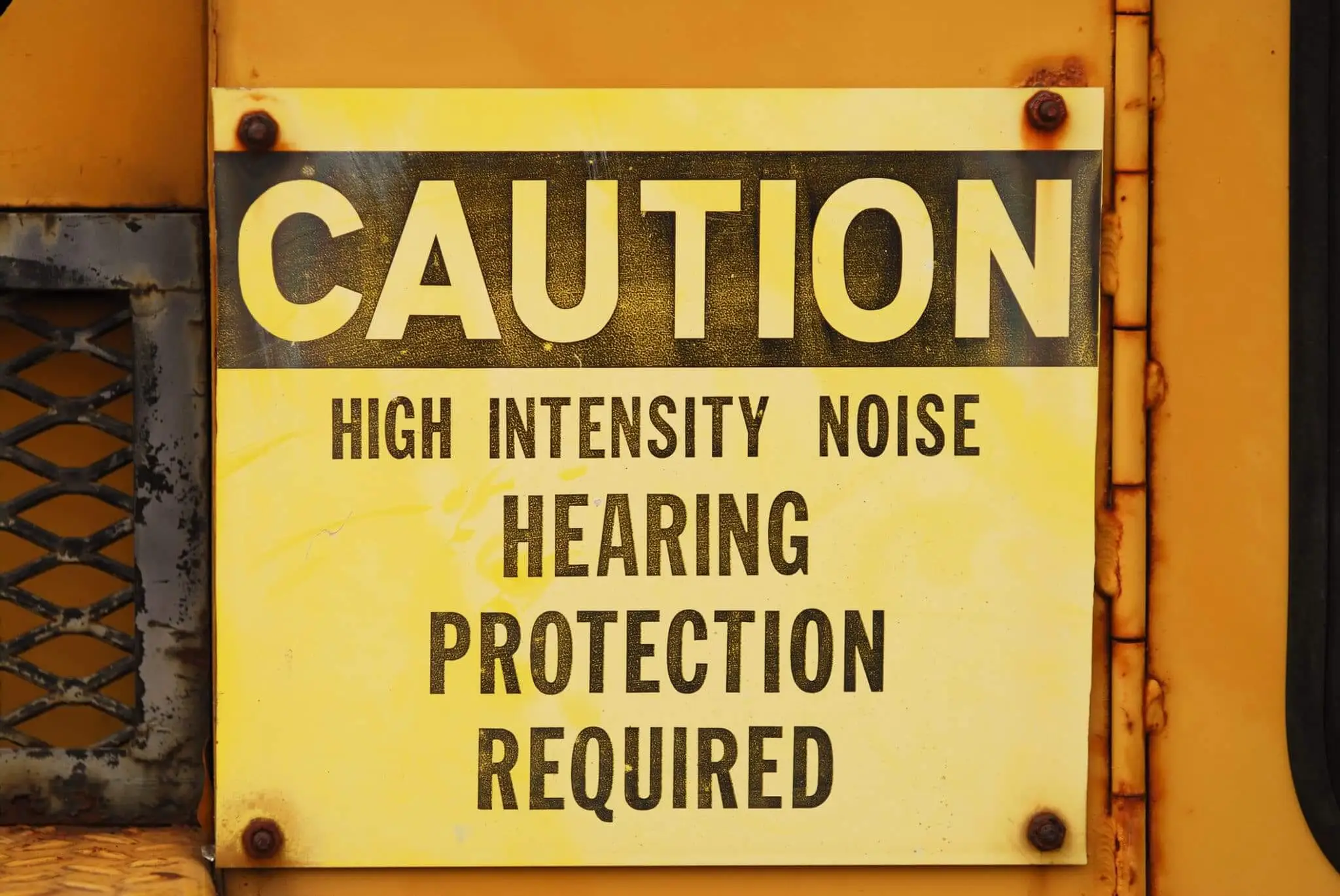Asbestosis is a specific type of pneumoconiosis that is defined as chronic diffuse fibrosis of the lung tissue caused by inhaled asbestos fibers.
Byssinosis | Background: Causes, Symptoms & Treatments
Introduction
Byssinosis is a chronic nonspecific respiratory disease that affects textile workers who are exposed to the dust of cotton, flax, hemp, jute, and sisal.
It typically appears after more than ten years of dust exposure.
Byssinosis is also known as cotton worker’s lung, brown lung disease, Monday fever, and mill fever.
In the USA, technological improvement has greatly reduced dust exposure, and the disease has practically disappeared.
Causes of Byssinosis
Byssinosis is typically caused by exposure to cotton dust during the spinning and manufacturing process.
However, exposure to jute, flax, and hemp fibers has been linked to its development.
Recent studies have shown that byssinosis symptoms are caused by endotoxin that is released from the bacterial cell walls of textile fibers.
“Smokers are at a high risk of developing the disorder.”
Signs & Symptoms of Byssinosis
Short-term (Acute) à Cotton dust exposure can cause a tightening of the chest, coughing, wheezing, phlegm, weakness, fever, chills, and breathing difficulties (dyspnea).
Symptoms appear within a few hours of exposure (or re-exposure) to the workplace.
As a result, patients typically report symptoms at the start of their work week, hence the term Monday fever.
This is in contrast to occupational asthma patients; who experience symptoms near the end of the work week.
Long-term (Chronic) à Cotton dust exposure can result in permanent and disabling breathing problems, such as chronic bronchitis with emphysema.
Cough and sputum production may also appear in conjunction with the previous symptoms, which may lead to a misdiagnosis of chronic obstructive pulmonary disease (COPD) or bronchitis.
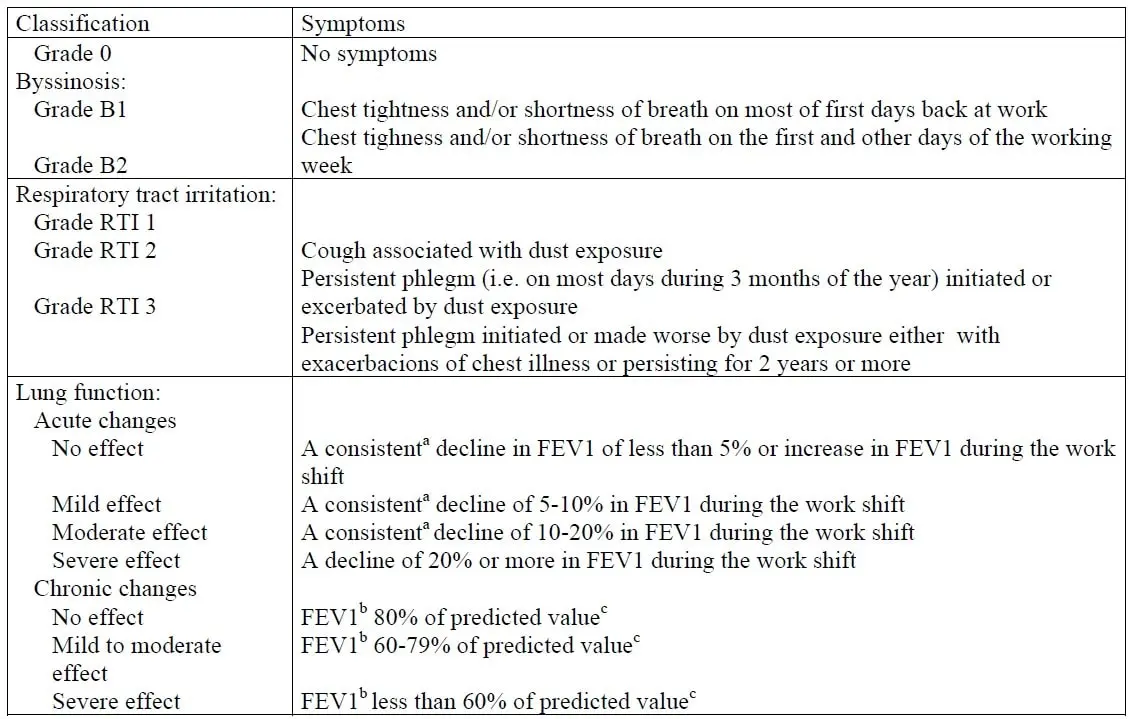
WHO grading system for byssinosis
Complications of Byssinosis
- Lung fibrosis.
- Oxygen dependency.
- Disability.
- Reduced exercise tolerance.
- Premature death.
Diagnosis of Byssinosis
Byssinosis has no known diagnostic tests. However, a cute cotton dust exposure may cause a serological increase in leukocyte count.
Diagnosis is frequently difficult because the condition can mimic asthma and many other types of pneumoconiosis.
The most telling sign of the disease is that the patient usually complains that his or her symptoms worsen when back to work on Monday (hence the name Monday disease) and gets better when off work.
a. Patient History
When exposed to dust produced during the processing of cotton, flax, hemp, or sisal, symptoms include chest tightness, wheezing, coughing, and shortness of breath.
When a worker returns home, the symptoms typically get better or disappear.
On the first day back at work following a weekend or vacation, symptoms are more noticeable.
With repeated exposure throughout the week, they gradually get better.
Chronic byssinosis symptoms persist even when the individual is not working.
b. Physical Examination
A stethoscope can detect wheezing sounds in the chest.
c. Tests
Spirometers and peak flow meters are used in pulmonary function tests to assess lung volume and capacity.
They also help with the identification and measurement of any obstructions or restrictions (or a combination of both) in airflow through the lungs, confirming the presence of lung disease.
Arterial blood gases (ABG) and oxygen saturation testing are used to evaluate the efficiency of gas exchange in the lungs by determining the rate of absorption into the blood.
CT scans and chest x-rays can help rule out other lung conditions.
Differential Diagnosis
- Asthma.
- Pneumoconiosis.
- Asbestosis.
- Farmer’s lung.
- Interstitial lung fibrosis.
- Hypersensitivity pneumonitis.
- Sarcoidosis.
- Silicosis.
Prevention of Byssinosis
Avoiding exposure to cotton and other related fabrics is the best way to prevent byssinosis.
If this is not possible, the worker should wear a suitable mask to prevent particle inhalation.
The primary means of prevention is raw textile processor adherence to Occupational Safety and Health Administration (OSHA) regulations.
This includes the following: –
- The use of respirator masks is strictly enforced.
- Dust control is achieved through the use of extractor fans and adequate ventilation.
- Bactericidal treatment of raw products.
- Continued annual medical examinations of employees, including intra-shift spirometry, spirometry, and questionnaires about byssinosis symptoms.
Treatments of Byssinosis
In addition to avoiding further exposure, inhaled steroids, antihistamines, and bronchodilator drugs are recommended.
Bronchodilators may be required for several months to improve symptoms.
A short course of steroids can help those with severe symptoms.
It is vital that the patient quit smoking.
Summary
Byssinosis is a chronic nonspecific respiratory disease that affects textile workers who are exposed to the dust of cotton, flax, hemp, jute, and sisal.
It is also known as cotton worker’s lung, brown lung disease, Monday fever, and mill fever.
It is typically caused by exposure to cotton dust during the spinning and manufacturing process.
Cotton dust exposure can cause a tightening of the chest, coughing, wheezing, phlegm, weakness, fever, chills, and breathing difficulties (dyspnea).
It also can result in permanent and disabling breathing problems, such as chronic bronchitis with emphysema.
Diagnosis is frequently difficult because the condition can mimic asthma and many other types of pneumoconiosis.
It is based on patient history, physical examination, and tests such as pulmonary function tests to assess lung volume and capacity.
Arterial blood gases (ABG) and oxygen saturation testing are used to evaluate the efficiency of gas exchange in the lungs by determining the rate of absorption into the blood.
CT scans and chest x-rays can help rule out other lung conditions.
Avoiding exposure to cotton and other related fabrics is the best way to prevent byssinosis.
If this is not possible, the worker should wear a suitable mask to prevent particle inhalation.
Inhaled steroids, antihistamines, and bronchodilator drugs are recommended in the treatment.
How useful was this post?
Click on a star to rate it!
Average rating 0 / 5. Vote count: 0
No votes so far! Be the first to rate this post.
I'm sorry that this post was not useful for you!
Let me improve this post!
Tell me how I can improve this post?
References
- (PDF) Byssinosis – Researchgate. Retrieved December 24, 2022, from ResearchGate
- National Center for Biotechnology Information. (n.d.). Retrieved December 24, 2022, from PubMed
- (PDF) Byssinosis – Researchgate. Retrieved December 24, 2022, from ResearchGate
Featured Posts
Recent Posts
Popular Posts
Learn More
Biological Hazards | Types, Sources, and Risk Control Strategies
Biological hazards, also known as biohazards, are biological substances that pose a threat to the health of living organisms, most particularly humans.
Byssinosis is a chronic nonspecific respiratory disease that affects textile workers who are exposed to the dust of cotton, flax, hemp, jute, and sisal.
Noise-induced hearing loss (NIHL) is a type of progressive deafness caused by noise exposure due to permanent damage to the cochlear hair cells.
Recent Posts
-
SAPHO Syndrome | Causes, Symptoms, Diagnosis & Treatments
-
Systemic Lupus Erythematosus | Causes, Symptoms & Treatments
-
Gastric Ulcers | Causes, Symptoms, Complications & Treatments
-
Wiskott-Aldrich Syndrome | Causes, Symptoms & Treatments
-
The 4 Stages of HIV Infection | Ultimate Guide
-
Good’s Syndrome | Symptoms, Causes & Treatments
-
Acquired Angioedema | Causes, Symptoms & Treatments
-
Rheumatoid Arthritis | Symptoms, Causes, Diagnosis & Treatments
-
Acute Pancreatitis | Causes, Symptoms, Diagnosis and Treatments
-
Pernicious Anemia | Causes, Symptoms, Diagnosis and Treatments
-
Sickle Cell Anemia | Causes, Symptoms, Diagnosis and Treatments
-
Aplastic Anemia | Causes, Symptoms, Diagnosis and Treatments
-
Diamond Blackfan Anemia | Causes, Diagnosis and Treatments
-
Sideroblastic Anemia | Causes, Symptoms & Treatments
-
Organic Dust Toxic Syndrome (ODTS) | Symptoms, and Treatments

